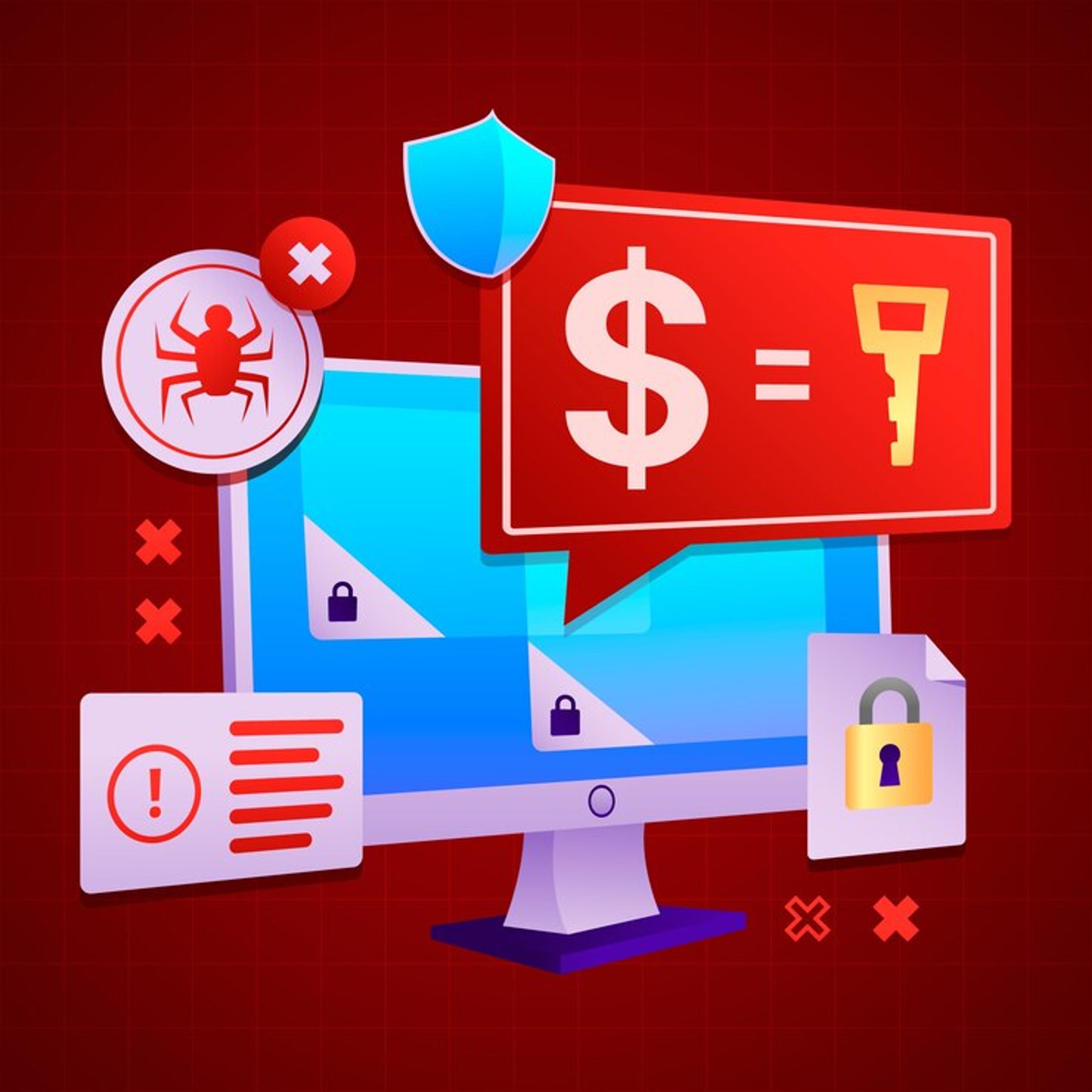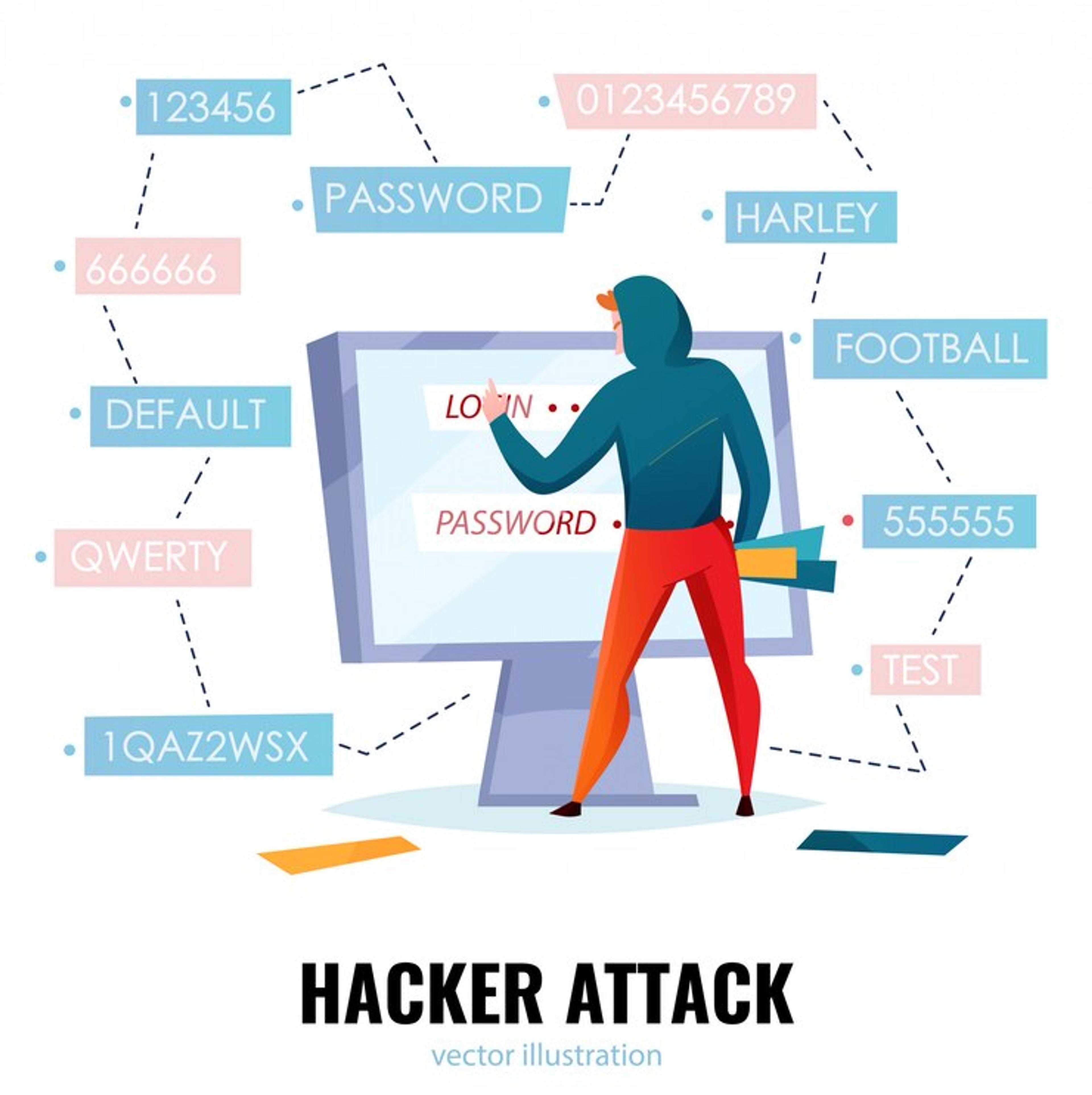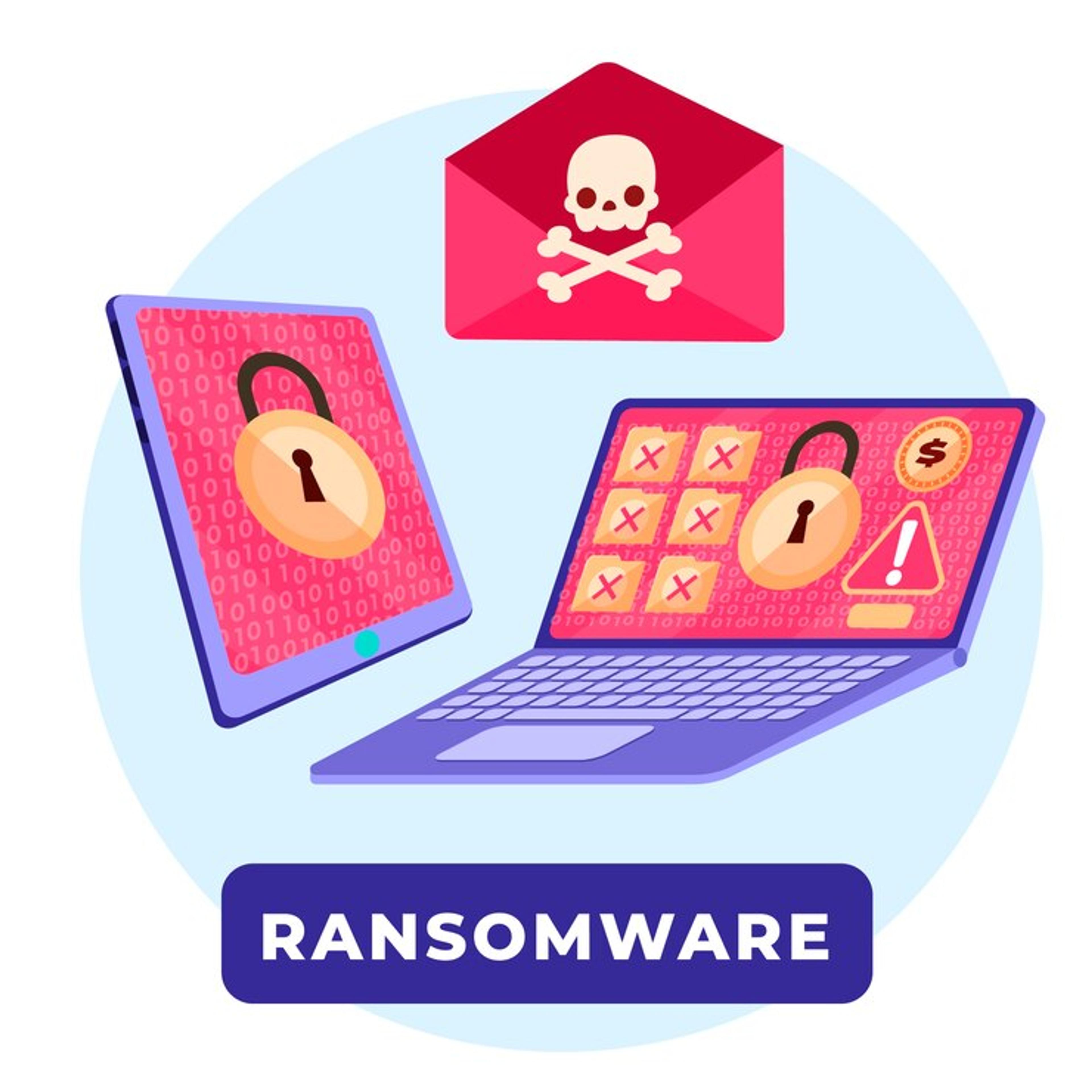
What is Ransomware?
Ransomware is a type of malicious software that locks or encrypts files on your device, demanding a ransom payment to restore access. It's a growing threat in the cybersecurity landscape, costing businesses millions of dollars in damages. In this post, we'll focus on the differences between ransomware, malware, and phishing, dive into real ransomware cases, and show you how to protect your business from this dangerous cyberattacks.
Ransomware vs Malware vs Phishing: What’s the Difference?
To understand ransomware, we need to explore the broader context of malware and phishing.
- Malware is any type of software designed to harm, exploit, or disable computers, networks, or services. Ransomware is a specific type of malware, targeting files and demanding payment.
- Phishing refers to deceptive emails, websites, or messages used to steal sensitive information such as passwords or credit card numbers. Phishing is often the gateway to a ransomware attack. Attackers trick users into clicking malicious links, downloading infected files, or giving up credentials.
Understanding the difference between these terms is crucial. Many attacks involve multiple vectors, for example, a phishing email containing malware that leads to a ransomware infection. In the battle of ransomware vs malware vs phishing, all three are threats, but ransomware is the one that directly asking for your money to restore access.

How Ransomware Spreads: Can It Spread Through Wi-Fi?
Yes, ransomware can spread through Wi-Fi. Cybercriminals can exploit vulnerabilities in a Wi-Fi network to move laterally across devices. This means if one infected device connects to a network, it can potentially infect other devices on the same network. Ensuring your Wi-Fi network is secure, using strong encryption and complex passwords is a key defense against ransomware attacks.
Ransomware Case Study: The Conti Ransomware Attack
One of the most notorious ransomware strains is Conti. Conti first appeared in 2020 and quickly became one of the most destructive ransomware attacks in history. It targeted both private companies and public institutions, including hospitals and healthcare facilities during the COVID-19 pandemic. The Conti ransomware demanded millions in ransom and caused severe disruptions to critical services. Despite efforts by law enforcement, Conti remains active, evolving its tactics to evade detection.
This case study highlights the importance of a robust cybersecurity strategy, including data backups, employee training, and anti-ransomware software like Vigilainte's AI-powered tools.
What Is a Ransomware Canary?
A ransomware canary is an early-warning system that alerts you when ransomware might be attacking your system. It involves placing "bait" files in your network, files that serve no real purpose but are designed to trigger alarms if accessed or encrypted by ransomware. If a ransomware canary file is tampered with, it means ransomware may be in progress, allowing you to stop the attack before significant damage is done.

How to Remove a Ransomware Virus Using Command Prompt
If your system is infected with ransomware, removing it is often complex, and professional help is recommended. However, one of the DIY approaches to removing ransomware involves using the Command Prompt in Windows. Here's a quick guide:
Boot your computer in Safe Mode with Command Prompt.
Open the Command Prompt as Administrator.
Use the command: taskkill /f /im [infected_program].exe to terminate the ransomware process.
Run chkdsk to identify and repair any issues with the disk.
Use the command attrib -h -r -s /s /d [drive letter]:\*.* to restore hidden or encrypted files.
Be warned, this method may not work for all ransomware strains, especially those with advanced encryption, and it’s not a replacement for professional ransomware removal tools.
Phishing vs Ransomware: The Difference in Attack Strategy
In the battle of phishing attack vs ransomware attack, phishing is more focused on stealing credentials and sensitive information, while ransomware is about locking you out of your own system until you pay a ransom. While phishing attacks often lead to ransomware infections, ransomware has a more disruptive impact, causing potential financial loss and operational downtime.
Who Do You Report Ransomware To?
If you’ve been hit by a ransomware attack, reporting it is crucial. In the U.S., ransomware attacks should be reported to the Cybersecurity and Infrastructure Security Agency (CISA), the FBI, or the Internet Crime Complaint Center (IC3). Internationally, most countries have dedicated cybersecurity authorities that handle ransomware cases. Prompt reporting can help track down attackers and prevent further damage.
Reasons for Ransomware Attacks: Why Are Businesses Targeted?
Ransomware attackers often target businesses because they are more likely to pay a large ransom to restore their data. Other reasons include:
- Weak security policies: Lack of multi-factor authentication or outdated software makes businesses easy targets.
- Large amounts of sensitive data: Businesses hold vast troves of data, which cybercriminals can lock and threaten to expose.
- Human error: Employees may fall for phishing scams or use weak passwords, allowing attackers into the system.
Ransomware Warranty: A New Era in Cybersecurity Insurance
As ransomware threats increase, cybersecurity insurance is changing to cover these risks. Some insurance companies now offer ransomware warranties, which can help cover the costs of paying the ransom, recovering your data, and any losses caused by the attack. However, to qualify for this coverage, your business must follow certain security guidelines set by the insurer.
A Look at Famous Ransomware Strains: FNAF, AIDS, Phobos
Over the years, many ransomware strains have wreaked havoc on individuals and businesses alike. Here’s a look at a few notable ones:
- FNAF Ransomware: Based on the popular Five Nights at Freddy’s game, this ransomware strain is a novelty but still poses a threat. While not as destructive as others, it encrypts files and demands a ransom.
- AIDS Ransomware: One of the first ransomware strains, AIDS ransomware, targeted the healthcare industry, encrypting files and asking for payment to unlock them.
- Phobos Ransomware: Phobos is another ransomware strain that targets small businesses by encrypting their files and demanding ransom payments in Bitcoin.

Stop Ransomware Before It Stops You
Preventing ransomware is always better than dealing with an attack. Here are steps to safeguard your business:
Regular Backups: Ensure that all your important data is backed up frequently. Offline backups are preferable to avoid infection spreading through networked systems.
Employee Training: Human error is a leading cause of ransomware infections. Training your employees to spot phishing emails and use strong passwords can make a big difference.
Install Anti-Ransomware Software: Vigilainte offers AI-driven solutions that detect and prevent ransomware attacks before they can do significant harm.
Develop a Ransomware Policy: Having a clear ransomware policy helps your organization respond quickly in case of an attack. It should include steps to isolate infected machines, report the attack, and restore data from backups.
Ransomware is a serious threat, but it’s not unbeatable. With Vigilainte's cutting-edge tools, you can protect your business from ransomware, phishing, and other cyber threats. Our AI-powered solutions offer real-time protection, stopping ransomware before it can compromise your data. Whether you're looking to remove ransomware or prevent it entirely, Vigilainte has you covered.
Stay ahead of cybercriminals, and keep your data secure contact Vigilainte today to learn how we can help you stop ransomware before it stops you.
